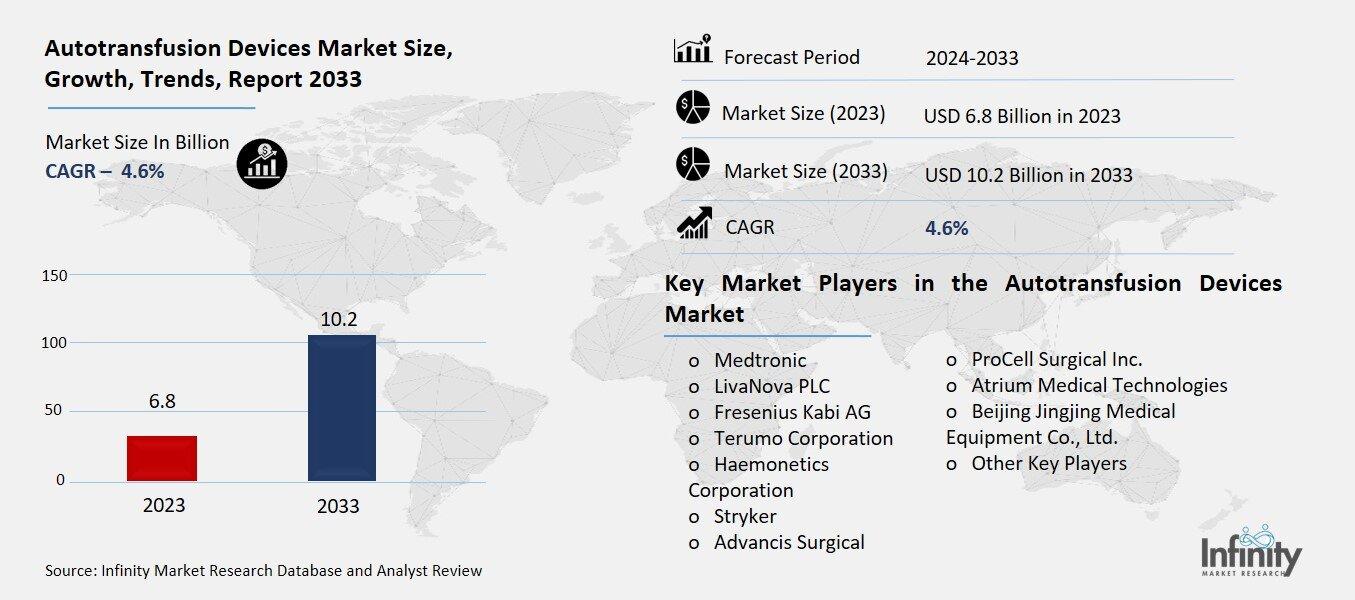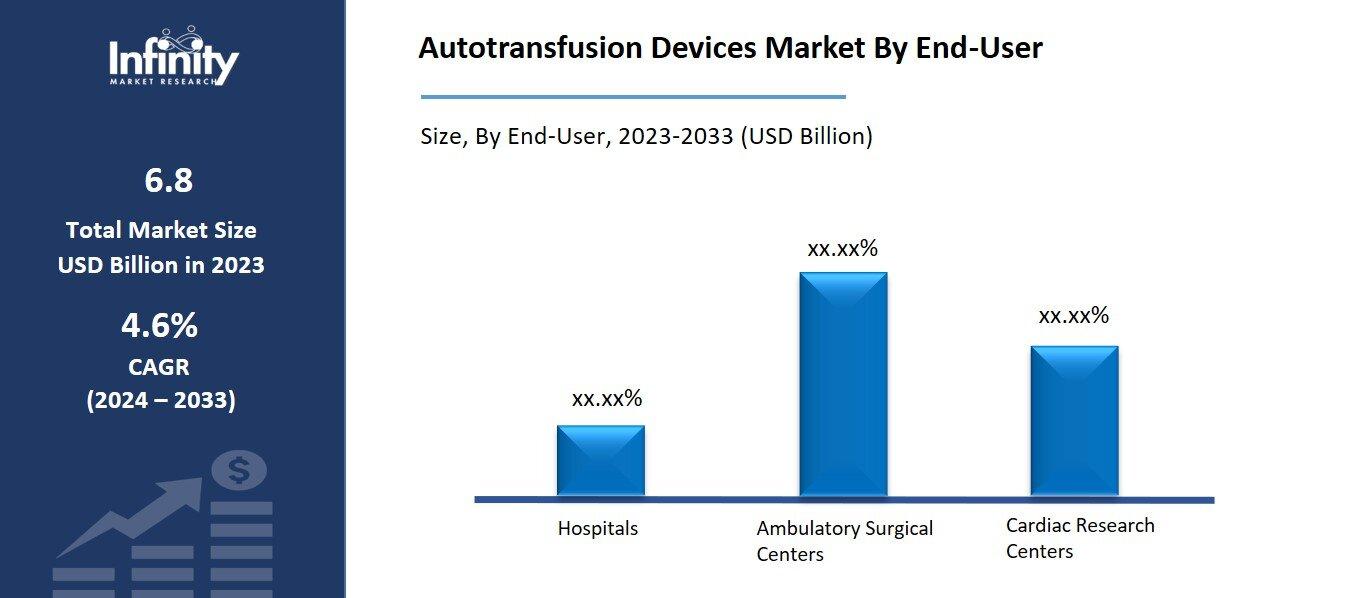
🔐 Secure Payment Guaranteed
Safe checkout with trusted global payment methods.
🌟 Why Choose Infinity Market Research?
At Infinity Market Research, we dont just deliver data — we deliver clarity, confidence, and competitive edge.
In a world driven by insights, we help businesses unlock the infinite potential of informed decisions.
Here why global brands, startups, and decision-makers choose us:
Industry-Centric Expertise
With deep domain knowledge across sectors — from healthcare and technology to manufacturing and consumer goods — our team delivers insights that matter.
Custom Research, Not Cookie-Cutter Reports
Every business is unique, and so are its challenges. Thats why we tailor our research to your specific goals, offering solutions that are actionable, relevant, and reliable.
Data You Can Trust
Our research methodology is rigorous, transparent, and validated at every step. We believe in delivering not just numbers, but numbers that drive real impact.
Client-Centric Approach
Your success is our priority. From first contact to final delivery, our team is responsive, collaborative, and committed to your goals — because you re more than a client; you re a partner.
Recent Reports
Global Myopia Control Lenses Market Report 2025-33
Hyaluronic Acid-based Dermal Fillers Market Report
Autotransfusion Devices Market
Global Autotransfusion Devices Market (By Product Type, On-pump Transfusion Device and Off-pump Transfusion Device; By End-User, Hospitals, Ambulatory Surgical Centers, and Cardiac Research Centers; By Region and Companies), 2024-2033
Nov 2024
Healthcare
Pages: 138
ID: IMR1301
Autotransfusion Devices Market Overview
Global Autotransfusion Devices Market acquired the significant revenue of 6.8 Billion in 2023 and expected to be worth around USD 10.2 Billion by 2033 with the CAGR of 4.6% during the forecast period of 2024 to 2033. The autotransfusion devices market is a niche sector of the medical device industry that is concerned with the equipment used during surgical operations to gather, filter, and return a patient’s blood through a process called blood recycling. It also gives patient improved safety that comes with decreased risk of transfusion reactions linked to donor blood and decreased predisposition to infections, and enhanced recovery.

The market mainly spurred by the rising surgical operations, development in medical sector, and a shift towards the patient-centered solution. These are in orthopedic, cardiac or trauma surgeries where blood loss is massive. Many healthcare organizations across the globe are aiming at reducing costs while ensuring effective care delivery and hence the call for advancement of features of autotransfusion devices.
Drivers for the Autotransfusion Devices Market
Increasing Surgical Procedures
The increasing number of surgeries, mainly orthopedic, cardiac and trauma surgeries increases the demand for autotransfusion devices needed to control blood losses during surgeries. There are frequent issues of significant blood loss during orthopedic procedures most of which are major surgeries like joint replacements, and therefore autotransfusion devices are useful in collecting and re-infusing the patient’s blood.
Similarly, cardiac surgeries are complex procedures where blood loss is potentials and the application of autotransfusion systems decreases the need for donor blood and reduce thereby transfusion-linked complications and better results for patients. The use of autotransfusion devices for trauma patients results in early return of lost blood and provides stabilization of patients in sectors that are fast paced and critical as compared to other blood transfusion methods.
Restraints for the Autotransfusion Devices Market
Need for Skilled Personnel
The effective operation of autotransfusion devices is critically dependent on the availability of trained staff, a factor that can pose significant challenges in certain healthcare settings. These devices, while advanced and beneficial for patient safety, require specialized knowledge and skills for proper setup, operation, and maintenance. Staff must be well-versed in the intricate protocols for collecting, processing, and reinfusing a patient’s blood, ensuring adherence to safety standards and minimizing the risk of contamination or operational errors. However, many healthcare facilities, particularly those in rural or under-resourced areas, may face shortages of trained personnel due to factors such as budget constraints, high turnover rates, and insufficient training programs.
Opportunity in the Autotransfusion Devices Market
Increased Awareness and Education
Rising awareness about the benefits of autotransfusion through targeted education and training programs is pivotal in enhancing market acceptance among healthcare providers. Many clinicians and surgical teams may be unfamiliar with the advantages of autotransfusion, such as reducing the risk of transfusion-related complications and the efficient management of blood loss during surgery.
By implementing comprehensive training initiatives, healthcare organizations can equip their staff with the necessary knowledge and skills to effectively utilize autotransfusion devices. These programs can cover various aspects, including the technical operation of the devices, guidelines for patient selection, and the protocols for safe blood collection and reinfusion.
Trends for the Autotransfusion Devices Market
Telemedicine and Remote Monitoring
The integration of telemedicine into surgical settings is revolutionizing patient care by enabling remote monitoring and consultation, which can significantly expand the application of autotransfusion devices across diverse scenarios. By leveraging telemedicine, surgical teams can maintain real-time communication with specialists and other healthcare professionals, facilitating immediate access to expert opinions and guidance during surgical procedures. This capability is particularly valuable in complex surgeries where unexpected challenges may arise, allowing for prompt decision-making regarding blood management and the use of autotransfusion devices.
Segments Covered in the Report
By Product Type
o On-pump Transfusion Device
o Off-pump Transfusion Device
By End-User
o Hospitals
o Ambulatory Surgical Centers
o Cardiac Research Centers
Segment Analysis
By Product Type Analysis
On the basis of product type, the market is divided into on-pump transfusion device and off-pump transfusion device. Among these, off-pump transfusion device segment acquired the significant share in the market. Off-pump transfusion devices are designed to operate without the need for a heart-lung machine, which simplifies their use during procedures and allows for quicker setup and operation. This is particularly beneficial in surgeries where minimizing the time the patient is under anesthesia is crucial.
Moreover, off-pump systems reduce the risk of complications associated with cardiopulmonary bypass, such as hemodilution and inflammation, making them an attractive option for surgeons and patients alike. Their ability to efficiently collect and reinfuse a patient’s own blood during surgeries, particularly in areas like orthopedic and trauma care, addresses the increasing demand for safer, more effective blood management solutions.
By End-User Analysis
On the basis of end-user, the market is divided into hospitals, ambulatory surgical centers, and cardiac research centers. Among these, hospitals segment held the prominent share of the market. Hospitals are often equipped with advanced surgical facilities and a wide range of surgical specialties, including orthopedic, cardiac, and trauma surgeries, where the need for effective blood management is critical. The presence of a diverse patient population requiring complex surgical interventions contributes to the higher demand for autotransfusion devices in hospital settings.

Additionally, hospitals typically have the resources and infrastructure to implement and maintain sophisticated autotransfusion systems. They also employ a larger number of trained medical professionals who can effectively operate these devices, ensuring adherence to safety protocols and maximizing their clinical benefits.
Regional Analysis
North America Dominated the Market with the Highest Revenue Share
North America held the most of the share of 32.1% of the market. The region benefits from a well-established healthcare infrastructure, characterized by advanced medical facilities and a high adoption rate of innovative technologies. Hospitals and surgical centers in North America are increasingly integrating autotransfusion devices into their practices to enhance patient safety, improve surgical outcomes, and optimize blood management during various procedures.
The presence of key market players and manufacturers in North America further strengthens the market dynamics, as these companies are continuously investing in research and development to introduce cutting-edge autotransfusion solutions. Additionally, the growing prevalence of chronic diseases and an aging population contribute to an increased volume of surgical procedures, thus driving the demand for autotransfusion devices in the region.
Competitive Analysis
The competitive landscape of the autotransfusion devices market is characterized by the presence of several key players, each striving to innovate and capture market share through advanced technologies and strategic initiatives. Major companies, including Haemonetics Corporation, Medtronic, and LivaNova, dominate the market by offering a diverse range of autotransfusion products designed for various surgical applications. These players engage in continuous research and development to enhance device functionality, improve ease of use, and ensure compliance with regulatory standards.
Recent Developments
In February 2024, ProCell Surgical Inc. successfully obtained registration and certification for compliance with the ISO 13485:2016 standards within the scope of the Medical Device Single Audit Program (MDSAP). Furthermore, ProCell has received CE-mark approval for its Sponge Blood Recovery Unit, confirming its conformity with Regulation (EU) 2017/745 for Medical Devices.
Key Market Players in the Autotransfusion Devices Market
o Medtronic
o LivaNova PLC
o Fresenius Kabi AG
o Terumo Corporation
o Haemonetics Corporation
o Stryker
o Advancis Surgical
o ProCell Surgical Inc.
o Atrium Medical Technologies
o Beijing Jingjing Medical Equipment Co., Ltd.
o Other Key Players
|
Report Features |
Description |
|
Market Size 2023 |
USD 6.8 Billion |
|
Market Size 2033 |
USD 10.2 Billion |
|
Compound Annual Growth Rate (CAGR) |
4.6% (2023-2033) |
|
Base Year |
2023 |
|
Market Forecast Period |
2024-2033 |
|
Historical Data |
2019-2022 |
|
Market Forecast Units |
Value (USD Billion) |
|
Report Coverage |
Revenue Forecast, Market Competitive Landscape, Growth Factors, and Trends |
|
Segments Covered |
By Product Type, End-User, and Region |
|
Geographies Covered |
North America, Europe, Asia Pacific, and the Rest of the World |
|
Countries Covered |
The U.S., Canada, Germany, France, U.K, Italy, Spain, China, Japan, India, Australia, South Korea, and Brazil |
|
Key Companies Profiled |
Medtronic, LivaNova PLC, Fresenius Kabi AG, Terumo Corporation, Haemonetics Corporation, Stryker, Advancis Surgical, ProCell Surgical Inc., Atrium Medical Technologies, Beijing Jingjing Medical Equipment Co., Ltd., and Other Key Players. |
|
Key Market Opportunities |
Increased Awareness and Education |
|
Key Market Dynamics |
Increasing Surgical Procedures |
📘 Frequently Asked Questions
1. Who are the key players in the Autotransfusion Devices Market?
Answer: Medtronic, LivaNova PLC, Fresenius Kabi AG, Terumo Corporation, Haemonetics Corporation, Stryker, Advancis Surgical, ProCell Surgical Inc., Atrium Medical Technologies, Beijing Jingjing Medical Equipment Co., Ltd., and Other Key Players.
2. How much is the Autotransfusion Devices Market in 2023?
Answer: The Autotransfusion Devices Market size was valued at USD 6.8 Million in 2023.
3. What would be the forecast period in the Autotransfusion Devices Market?
Answer: The forecast period in the Autotransfusion Devices Market report is 2024-2033.
4. What is the growth rate of the Autotransfusion Devices Market?
Answer: Autotransfusion Devices Market is growing at a CAGR of 4.6% during the forecast period, from 2024 to 2033.


🔐 Secure Payment Guaranteed
Safe checkout with trusted global payment methods.
🌟 Why Choose Infinity Market Research?
- Accurate & Verified Data:Our insights are trusted by global brands and Fortune 500 companies.
- Complete Transparency:No hidden fees, locked content, or misleading claims — ever.
- 24/7 Analyst Support:Our expert team is always available to help you make smarter decisions.
- Instant Savings:Enjoy a flat $1000 OFF on every report.
- Fast & Reliable Delivery:Get your report delivered within 5 working days, guaranteed.
- Tailored Insights:Customized research that fits your industry and specific goals.
📄 Available License Types




